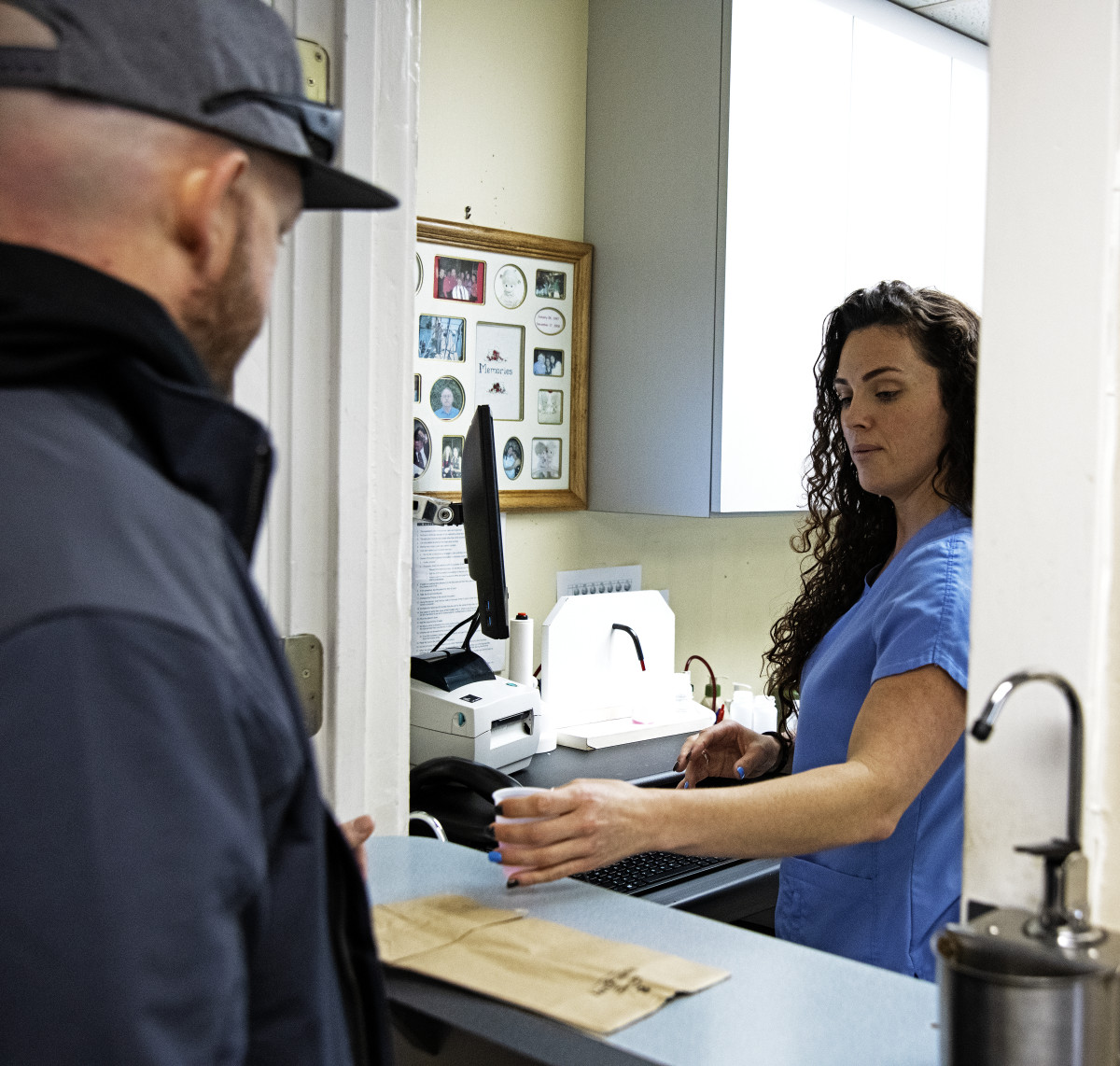4 percent in counties that currently had neighborhood university hospital compared to a joblessness growth rate of 4 percent in other counties. Supplying additional stimulus funding to community health centers in 2009 indicated that economic advantages and job creation went hand in hand with Drug Detox broadened medical care accesstargeted to the communities that need the most assist. As a result of Recovery Act financing, neighborhood university hospital produced an additional $3. 2 billion in economic activity for the communities they served (How to start a mobile health clinic). 20 Much of this is an outcome of the brand-new jobs developed. In the three-month period between January and March 2010, for instance, it is estimated that this financial investment created or maintained over 7,000 jobsover half of which were health specialists.
The financing likewise developed an extra 1,500 jobs associated with construction. We don't yet know how numerous extra tasks were produced as an outcome of stimulus act spending on community university hospital because more research will be essential to find out how this task development affected the unemployment rate at both county and state levels. But the previous performance history of investing in community health centers and more comprehensive financial data suggest the gains will be very important. The historic passage of the new healthcare law earlier this year now positions a variety of implementation-related difficulties, consisting of how to provide care to the additional 32 million Americans who will have health coverage.
The Affordable Care Act commits $11 billion to these centers over the next five years to broaden services. Community health centers are long recognized for their ability to effectively use federal grants to improve and broaden client access to medical, oral, and mental health services. The constant increase in federal financing has enabled these centers to offer high quality, available care to the country's most susceptible populations. That's why any discussion of how to broaden access to health services while trying to slow the increasing costs of health care need to include maximum utilization of our country's existing community university hospital and the new ones needed to fulfill future needs.
Getting The What Are Poverty Guidlines For Sliding Fee At Health Clinic To Work
Most of the financing ($9. 5 billion) will be utilized to supply for growth and increased operating costs at the existing centers, with the rest destined for brand-new building and construction ($1. 5 billion). What does this increased financial investment really purchase? With additional funding for operations, neighborhood university hospital will include staff to accommodate more patients, and include additional services at the centers to enhance care shipment and minimize the opportunities of clients needing to get care will go to more costly areas. One study discovers that increased funding from 1996-2006 resulted in boosts in the provision of on-site psychological health services, 24-hour crisis intervention, after-hours immediate treatment, and compound use therapy.
To this we now turn. An essential however less commonly discussed by-product https://techristic.com/mit-conference-reveals-the-power-of-using-artificial-intelligence-to-discover-new-drugs/ of the increased funding to neighborhood university hospital is the huge financial activity in the broader community generated by this influx of dollars. Research studies show that increased financing to health centers produces extra financial stimulus both within the center and beyond. We've seen this from the stimulus act funding, which developed brand-new jobs in areas most in need of this financial investment. This is especially important throughout times of financial insecurity. How does expanded financial activity occur? First, and many clearly, health centers straight use people in their neighborhoods, consisting of key entry-level jobs, training, and other community-based chances.
These new university hospital and business that have ramped up to serve the centers also should employ brand-new workers. Every dollar spent and every job created by university hospital has a direct effect on their regional economies. Previous studies analyzed the economic activity created in neighborhoods from having a community health center. Case in point: Using modeling developed by the U.S. Department of Agriculture and the Minnesota IMPLAN Group, a financial modeling firm, researchers figured out how much financial activity a particular neighborhood university hospital will bring to a community, with information specific to each county and industrial sector. Utilizing this modeling, we are able in this memo to estimate the financial effect and impact on job creation that the financing offered in the Affordable Care Act will have on neighborhoods in 2015 nationally and on a state-by-state basis. This alternative is ideal for low skill cases, but might not be equipped to manage more complex client requirements. Urgent care centers aren't always run by traditional medical facilities or health systems. In fact, $161% of immediate care centers in Massachusetts are owned by non-hospital urgent care chains, per a 2018 Massachusetts Health Policy Commission report. A few of the largest US immediate care operators include: American Family Care, City MDConcentra, Quick Medication, Go, Health, HCA Care, Now, Medication, Post, Next, Care, Patient First, U.S. Healthworks, Interest in the on-demand, inexpensive care of urgent care clinicsparticularly amidst the coronavirus pandemichas been proliferating.
Some Known Facts About What To Expect At A Clinic Vist For Teens Sexual Health.

reached 8,774 in November 2018 up 8 percent from 8,125 in 2017. St. Louis Urgent Cares Laurel Stoimenoff, PT, CHC, CEO of UCA, says that immediate care clinics manage about 89 million client check outs each year, which includes more than 29% of all medical care check outs in the US, and nearly 15% of all outpatient physician gos to. And nearly all of those gos to are more hassle-free and cost effective than a journey to the ER; the UCA's 2018 Benchmarking Report found that more than 70% of clients waited less than 20 minutes to see a supplier at an urgent care center, and almost 94% were seen in less than 30 minutes. What factors should govern the selection and use of a screening instrument by a health clinic?.